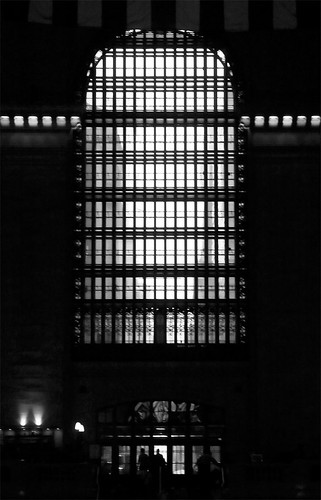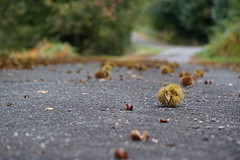the west gate
Stephanie Fysh

Two years ago I took myself to New York City in search, among other things, for the imprint in reality of Mark Helprin's novel A Winter's Tale. At first I couldn't find it, through the rain and whatever haze there was of my own perception. But I did find it, because we all know that the best stories are true.
I thought, on my way into the city by train, that of the four gates to the city – the gates that I wished to believe in, because "it would be too wonderful" – mine to enter was the south gate, "of the desire to explore". But I was wrong. Because here I found my gate to the city. It is the west gate, "that of devotion to beauty".
Every city has its gates, which need not be of stone. ... Some claim that the barriers do not exist, and disparage them. Although they themselves can penetrate the new walls with no effort, their spirits (which, also, they claim do not exist) cannot, and are left like orphans around the periphery.
To enter a city intact it is necessary to pass through one of the new gates. They are far more difficult to find than their solid predecessors, for they are tests, mechanisms, divides, and implementations of justice. There once was a map .... Those who saw it said that in its illuminations were figures and symbols of the gates. The east gate was that of acceptance of responsibility, the south gate that of the desire to explore, the west gate that of devotion to beauty, and the north gate that of selfless love. But they were not believed. It was said that a city with entryways like these could not exist, because it would be too wonderful. Those who decide such things decided that whoever had seen the map had only imagined it, and the entire matter was forgotten, treated as if it were a dream and ignored. This, of course, freed it to live forever. – Mark Helprin, A Winter's Tale (1983)
photograph © Stephanie Fysh 2006; all rights reserved
text, except quotations, © Stephanie Fysh 2008
View Project:




